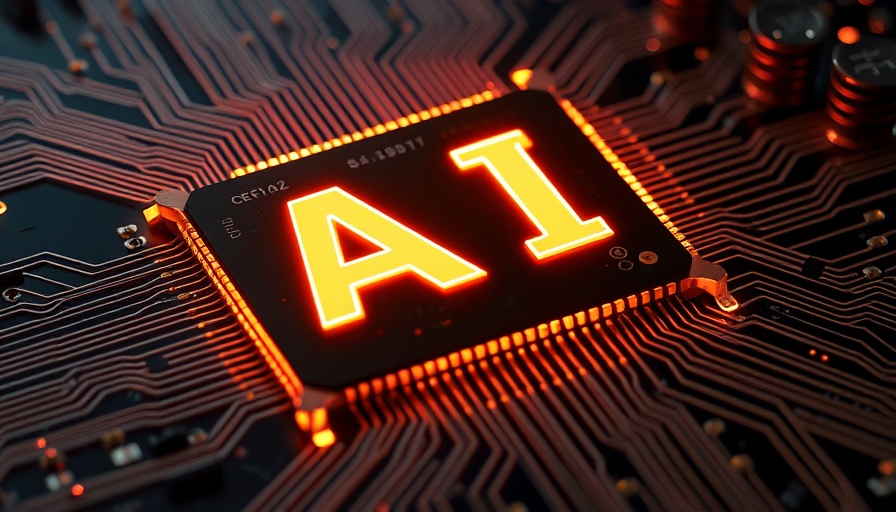
The Evolution of Hiring: Understanding Modern Methods
The hiring landscape is undergoing a profound transformation, accelerated by technological advancements and shifting expectations among today’s workforce. This evolution is reshaping how organizations identify, attract, and empower top talent, breaking free from outdated practices that prioritize formal qualifications over actual capabilities.
Shifting Focus to Skills-Based Hiring
One of the most significant trends in modern recruitment is the shift towards skills-based hiring. Traditionally, many organizations relied heavily on formal degrees as a criterion for hiring, which often limited their candidate pools. As companies begin to understand the value of real-world skills, they are embracing a more inclusive approach. Skills-based hiring not only widens access to talent but also fosters a diverse workplace. Organizations are increasingly looking for candidates who possess essential skills, regardless of their educational background, thereby encouraging a more equitable workforce.
The Role of AI in Recruitment Processes
Artificial Intelligence (AI) is revolutionizing the recruitment landscape. By automating tedious tasks like resume screening and initial candidate assessments, AI not only accelerates the recruitment process but also allows hiring managers to focus on strategic decision-making. AI tools can analyze candidate data to identify patterns and predict which applicants may perform best in a given role, ultimately helping to reduce biases in the selection process. In recognizing AI's role, companies can create streamlined, transparent hiring systems that enhance the entire recruitment experience.
Remote Work Models Changing Hiring Strategies
The recent ubiquitous shift to remote and hybrid work models has significantly influenced hiring strategies. Companies are no longer limited to local talent and can now seek candidates from a global talent pool. This flexibility offers organizations the chance to diversify their teams while adapting to evolving employee expectations for work-life balance. Moreover, with remote work becoming the norm, companies must ensure that their recruitment strategies reflect the realities of digital collaboration.
Integrating Diversity, Equity, and Inclusion
Diversity, Equity, and Inclusion (DEI) initiatives have become central to modern hiring practices. Organizations recognize that diverse teams lead to better problem-solving, creativity, and business outcomes. As a result, many companies are implementing DEI metrics into their hiring processes. These initiatives not only attract a wider range of candidates but also bolster workplace culture, increasing employee satisfaction and retention rates.
The Power of Data-Driven Recruitment
Data-driven recruitment is another cornerstone of modern hiring practices. By analyzing recruitment metrics, organizations can identify trends and improve their hiring processes over time. This approach allows employers to make informed decisions and reduces the likelihood of biases affecting candidate selection. Leveraging data can lead to a more efficient recruitment process, ultimately resulting in higher quality hires that align with organizational goals.
Gamification in Assessments: Making Evaluations Engaging
Using gamification in candidate assessments is an innovative method organizations are increasingly incorporating into their recruitment processes. By designing interactive and engaging assessments, employers can evaluate candidates' skills in real-world scenarios. This approach not only provides better insights into candidate capabilities but also creates a more enjoyable application experience. Gamified assessments can further reduce biases, as they allow employers to focus purely on a candidate's performance rather than their background.
Looking Ahead: Future Predictions for Hiring
As we look to the future, it is clear that the recruitment landscape will continue to evolve rapidly. Emerging technologies and changing societal expectations will drive innovation in hiring practices. Companies must remain adaptable to stay competitive in attracting top talent. With the integration of AI and data-driven methodologies, the recruitment journey will be increasingly streamlined, efficient, and equitable.
Conclusion: Embracing the Future of Recruitment
The transformation in hiring methods goes beyond adopting new technologies; it represents a fundamental shift in workplace culture and expectations. Companies that embrace skills-based hiring, prioritize DEI initiatives, and leverage data-driven recruitment will not only attract the best talent but also foster a vibrant, inclusive, and high-performing workplace. By staying attuned to these trends, organizations can ensure that they remain at the forefront of the evolving world of work.
 Add Row
Add Row  Add
Add 




Write A Comment